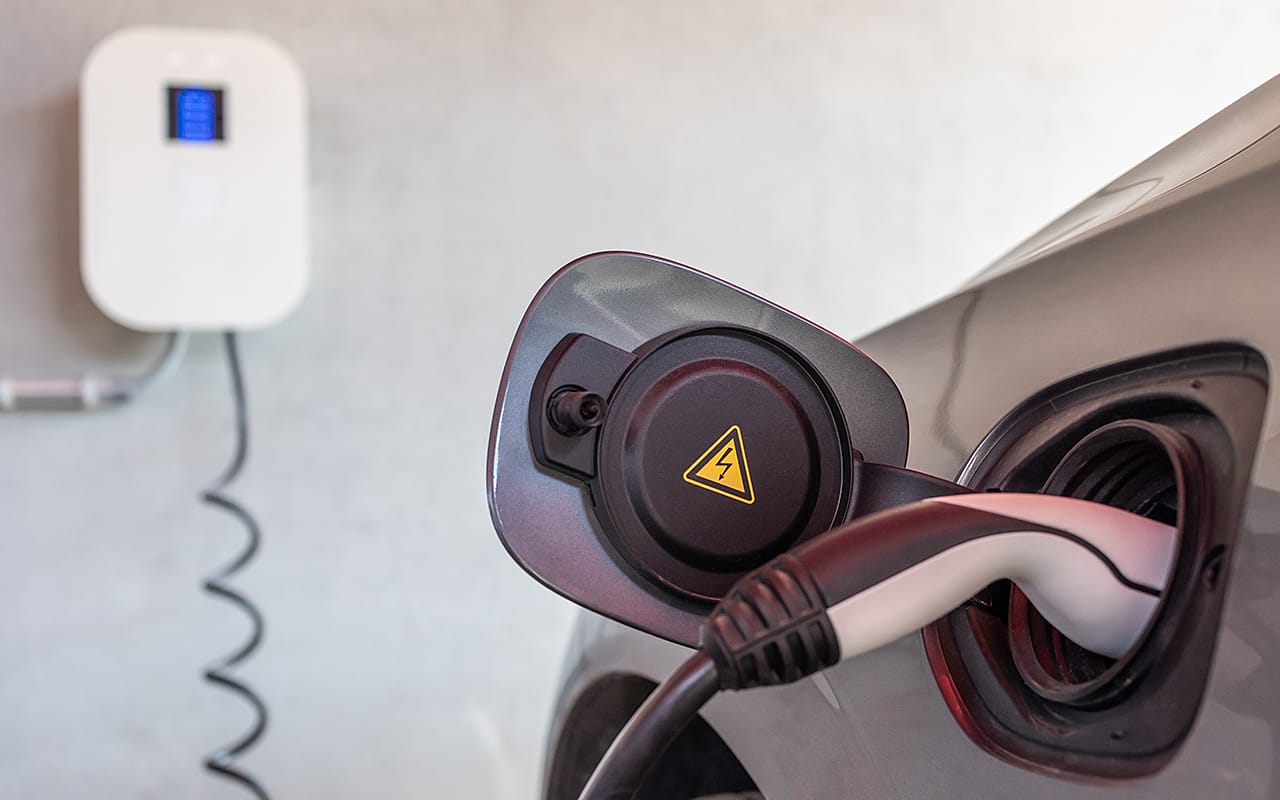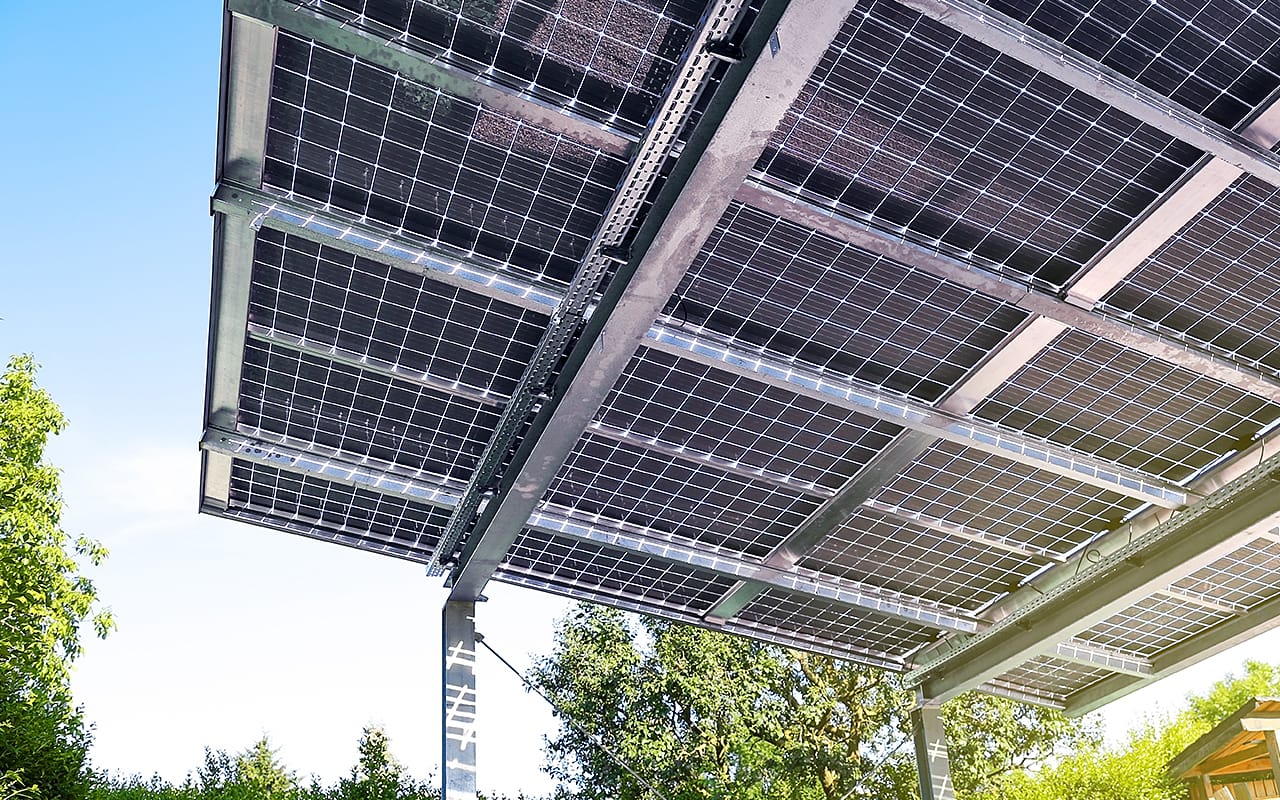Solar modules in the endurance test: Ammonia and salt spray tests

To ensure that the performance of their modules does not degrade excessively even in difficult environmental conditions, most solar module manufacturers now carry out ammonia and salt spray tests.
Solar modules on farm roofs: ammonia tests
On farm roofs, the modules can be exposed to high levels of ammonia, especially if they are integrated near vents or on the roof itself. If condensation then forms in combination with high humidity, the ammonia can become problematic. In a standardised procedure, TÜV Rheinland and the DLG test the modules for their resistance in an environment containing ammonia. Decisive factors for passing this test are, among other things, that the performance does not drop excessively, that no visible damage occurs and that the insulation is intact even when wetted.
Solar modules in coastal areas: Salt spray tests
In coastal areas, the PV modules are exposed to above-average levels of salty air. In the salt spray tests according to IEC 61701, the modules are exposed to a salty spray for 96 hours in a laboratory environment at an inclination of 15-30° and 35°C air temperature. Subsequent checks (insulation under wet conditions, visual inspection and others) detect signs of corrosion on holes, screw connections and electrical connections.
About the author
TRITEC has specialised in the generation of solar power through photovoltaics for over 34 years. We are active worldwide in both photovoltaic wholesale and large-scale plant construction. In addition to our proven PV mounting system, we also offer our own intelligent system solutions for the planning, design and performance control of photovoltaic systems, as well as branded products from leading photovoltaic manufacturers.




